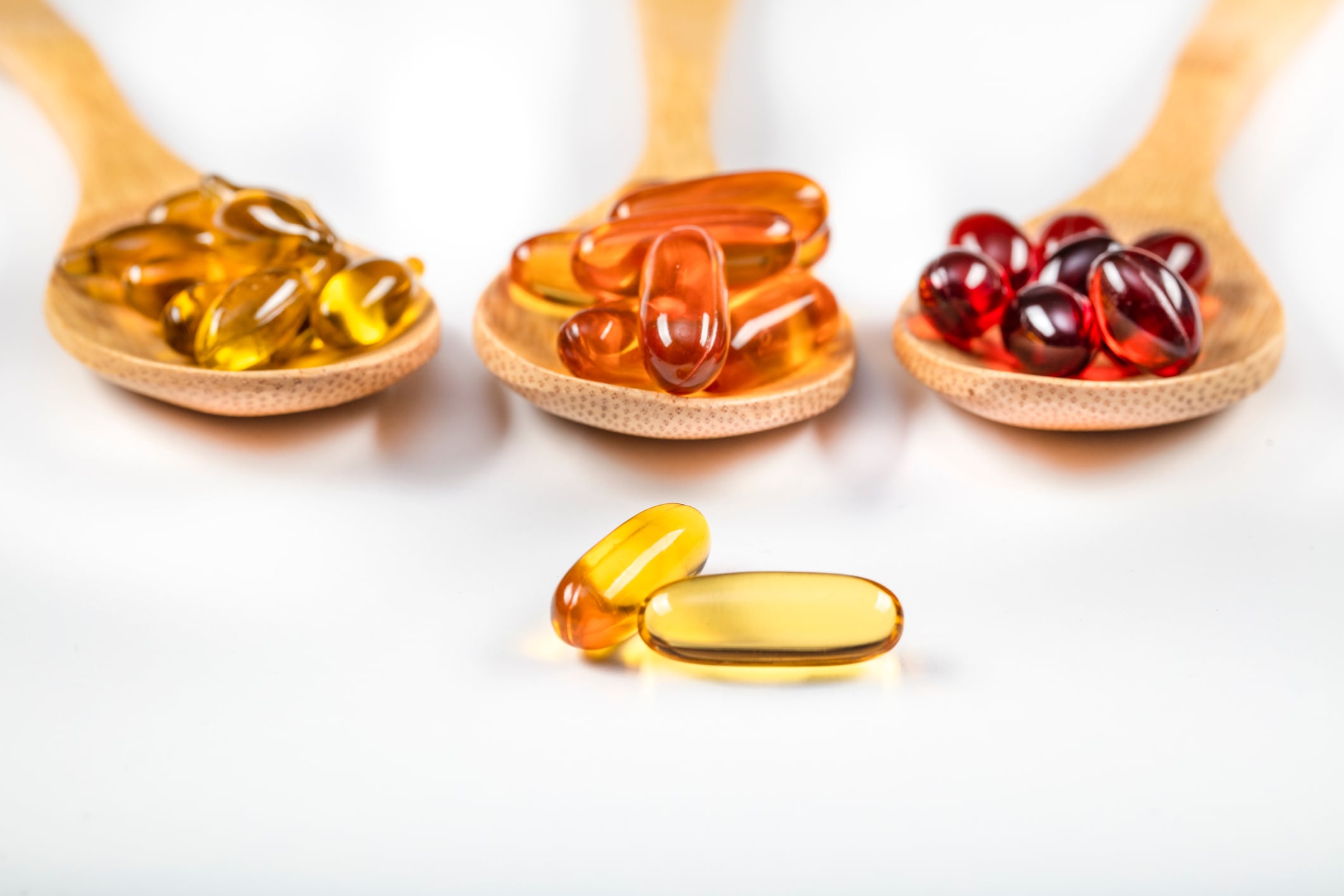Data published in JCI Insight indicated that icosapent ethyl (IPE), an ethyl ester of EPA (eicosapentaenoic acid), was rapidly incorporated into the lipidomes – the complex collection of all lipids in an organism – for very low density lipoprotein (VLDL), LDL, and HDL. This was most pronounced for VLDL.
IPE supplementation also decreased triglyceride levels by 14% and apolipoprotein B (apoB) levels by 6% after one week of supplementation. ApoB is the main apolipoprotein of LDL cholesterol that is responsible for the transport of cholesterol to tissues.
In addition, scores on the coronary event risk test 2 (CERT2) decreased by an average by 26% over the full supplementation period of 28 days, even though the study focused on healthy people with normal lipid profiles.
“Consistent with previous studies, daily IPE supplementation resulted in a 4-fold increase in circulating EPA, accompanied by increased DPA but no increase in DHA, suggesting limited conversion, as also previously noted,” wrote researchers led by Martin Hermansson and Katariina Öörni from Wihuri Research Institute in Helsinki.
“This shift was accompanied by reductions in SAFA [saturated fatty acids], MUFA [monounsaturated fatty acids], and n-6 PUFA [omega-6 polyunsaturated fatty acids], resulting in a substantially lower n-6/n-3 ratio and increased overall unsaturation, changes associated with reduced inflammation and CVD risk. The observed improvement in the CERT2 risk score further supports these systemic benefits.”
Cardiovascular health
The study adds to a large body of evidence supporting the potential cardiovascular benefits of omega-3s, first reported by Dr Jorn Dyerberg, Hans Olaf Bang, and Aase Brøndum Nielsen in landmark papers on the topic in The Lancet in 1971 and The American Journal of Clinical Nutrition in 1975.
To date, the polyunsaturated fatty acids (PUFAs) have been linked to a range of cardiovascular benefits, from improving in blood lipid levels to reducing the tendency of thrombosis, and from improving blood pressure and heart rate to reducing the risk of coronary heart disease (CHD) and cardiac death.
Commenting independently, Harry Rice, PhD, vice president of regulatory and scientific affairs for the Global Organization for EPA and DHA Omega-3s (GOED), told NutraIngredients: “Results from this study support omega-3 supplementation as a low-risk, high-reward strategy for cardiovascular health and not just for those with known lipid disorders, but for the broader population as well. From a personalized medicine perspective, the interindividual variability in lipidome response suggests a potential for tailoring omega-3 therapies based on a person’s unique lipid profile.”
Study details
The Finland-based scientists recruited 38 people with normal blood lipid levels for their single-group, open-label study. All of the participants received supplements providing 3.9 grams of IPE and 75 micrograms of vitamin D3 per day for 28 days. The subjects were monitored for seven more days after supplementation ended.
All of the participants experienced “uniform IPE-induced lipidome remodeling across all lipoprotein classes”, said the researchers, which produced significant reductions in saturated, monounsaturated, and n-6 polyunsaturated fatty acids.
This led to improvements in total lipid, triglyceride, and cholesterol levels, they added.
Moreover, IPE was rapidly incorporated into the lipidome for VLDL, which increased from 3-5% at the start of the study to between 12% and 16% after 28 days. This then returned to the original levels seven days after supplementation ended.
“Sustained high EPA levels throughout the 28-day supplementation and their decrease after a 7-day washout indicate a strong but reversible effect of IPE. Consistently, kinetic studies indicate rapid EPA clearance from circulation,” wrote the researchers. “Although it is possible that EPA persists particularly in the adipose tissue and potentially induces long-term effects, our results suggest that adherence to the supplementation is crucial for sustained benefits.”
Despite remodeling of the lipidomes, the data indicated that the individuals still displace distinct lipidomic profiles, which suggested that “personal lipoprotein lipidomes are shaped by inherent, possibly unmodifiable factors”, they wrote.
“These findings highlight IPE’s rapid, uniform remodeling of lipoproteins and reduced proteoglycan binding, likely contributing to previously observed CVD risk reduction. Persistent interindividual lipidome signatures underscore the potential for personalized therapeutic approaches in atherosclerotic CVD treatment.”
Source: JCI Insight, doi: 10.1172/jci.insight.193637. “Icosapent ethyl–induced lipoprotein remodeling and its impact on cardiovascular disease risk markers in normolipidemic individuals”. Authors: L. Äikäs, et al.



